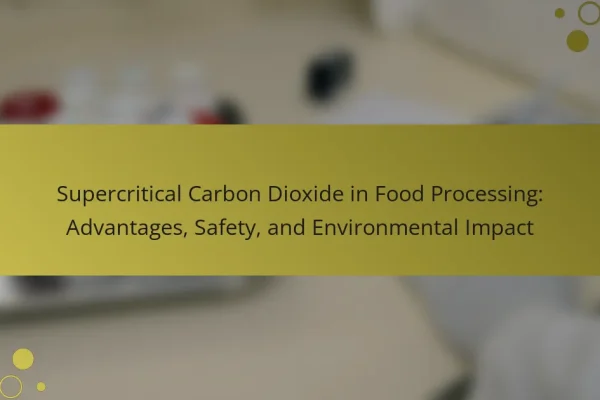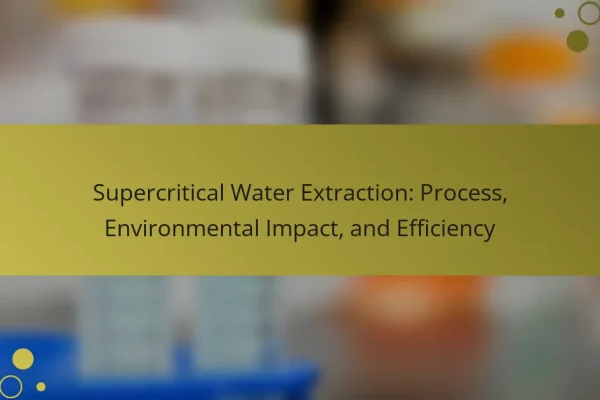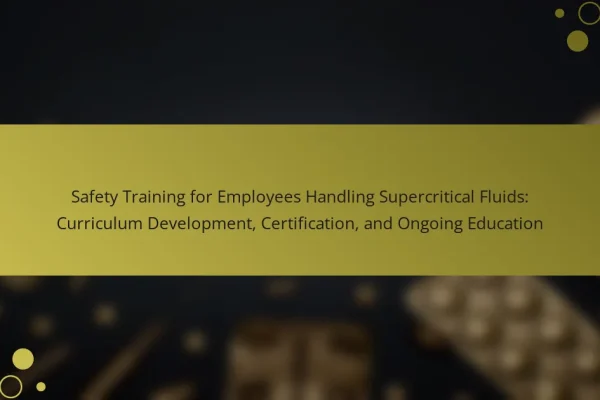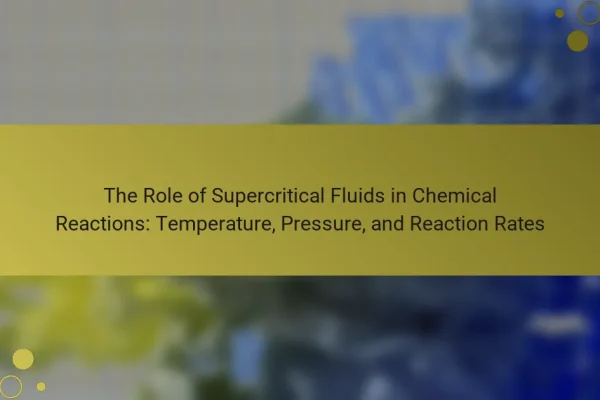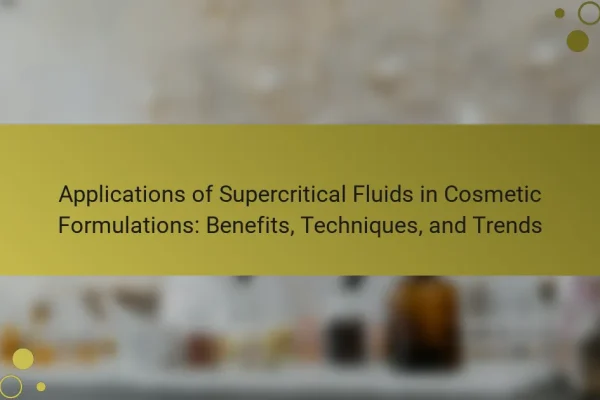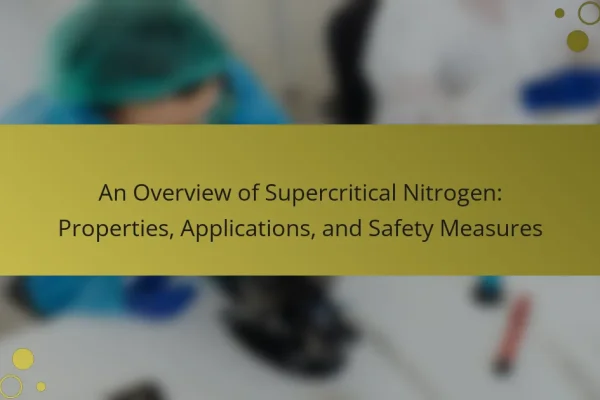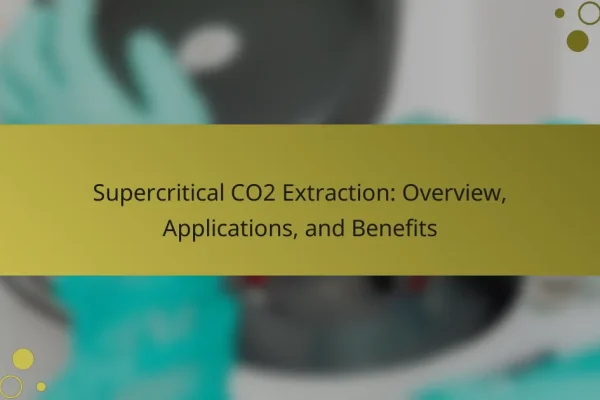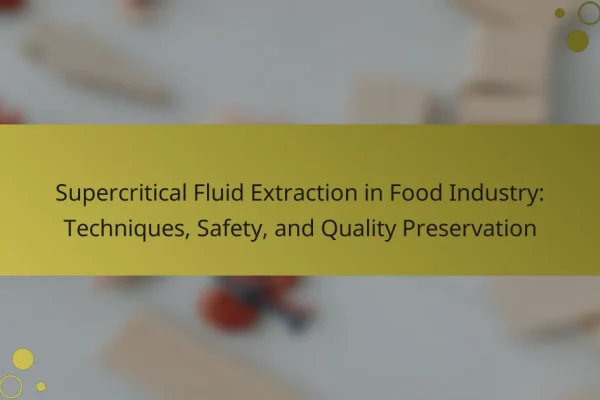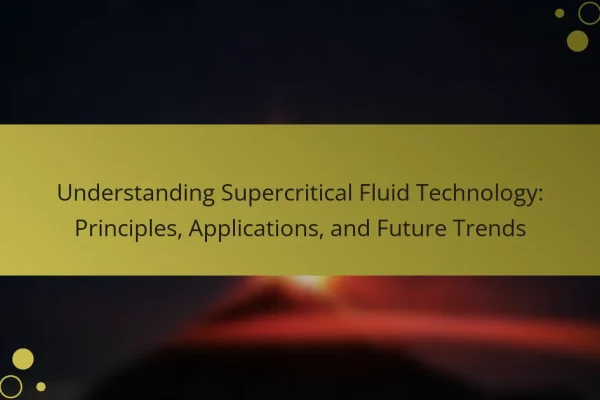
Understanding Supercritical Fluid Technology: Principles, Applications, and Future Trends
Supercritical Fluid Technology utilizes supercritical fluids—substances that exist above their critical temperature and pressure—across various applications, including extraction processes in industries such as pharmaceuticals, food processing, and environmental remediation. Supercritical fluids, such as supercritical carbon dioxide, possess unique properties that enable efficient and selective extraction of compounds while minimizing the use of harmful solvents. This…
